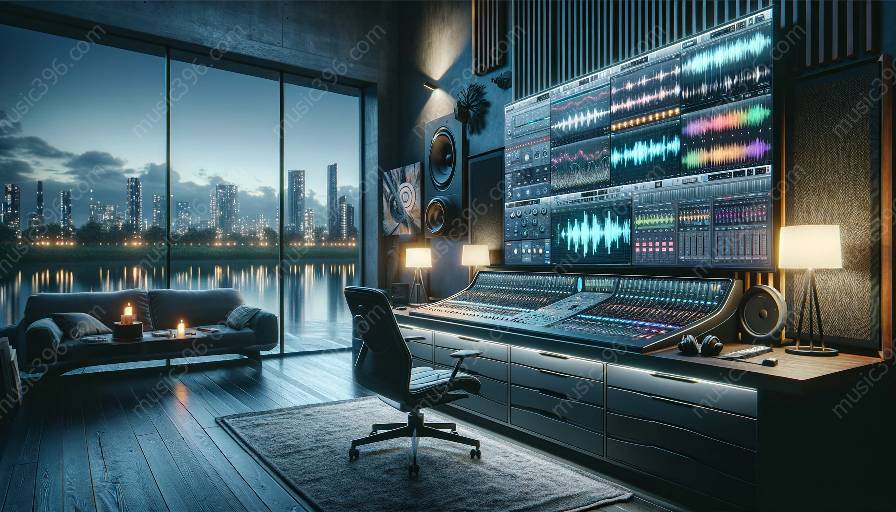Audio software integration with hardware devices is a pivotal aspect in the world of sound engineering and audio production. The seamless connection between audio software applications and hardware devices offers a plethora of possibilities for enhancing the quality, efficiency, and creativity of sound engineering.
The Symbiotic Relationship
Audio software and hardware devices have had a long-established relationship. While audio software applications provide the flexibility and digital processing capabilities for manipulating and creating sounds, hardware devices offer tangible interfaces and tangible control that often cannot be replicated with software alone. The integration of these two domains not only streamlines the production process but also opens up new creative avenues for sound engineers and musicians.
Benefits of Integration
The integration of audio software with hardware devices brings about numerous benefits. One of the key advantages is the enhanced tactile control provided by hardware devices. These devices often come in the form of physical interfaces, such as mixers, controllers, and synthesizers, which allow for more intuitive manipulation of sound parameters. This tactile feedback can greatly improve the workflow and efficiency of sound engineers and producers.
Furthermore, the integration provides a bridge between the digital and analog domains. Many hardware devices are known for their unique analog sound characteristics, and when integrated with software applications, they can bring these coveted sonic qualities into the digital realm, adding warmth and depth to the sound.
In addition, the integration allows for the utilization of specialized hardware for niche tasks. For instance, audio interfaces and external processors can be seamlessly integrated with software applications to expand the capabilities of sound processing and enhance the overall audio quality.
Seamless Functionality
One of the key requirements for successful integration is seamless functionality. This entails a smooth and reliable connection between the audio software and the hardware devices. As technology advances, many companies and developers are actively working to create unified protocols and standards for integration, ensuring that different hardware devices can seamlessly communicate with various software applications.
Additionally, the user experience plays a crucial role in the integration process. A well-designed integration not only allows for the hardware to be seamlessly recognized by the software but also ensures that the user interface is intuitive and user-friendly, promoting a seamless workflow.
Audio Software Applications
Several prominent audio software applications have embraced hardware integration, recognizing the advantages it brings to the table. For example, digital audio workstations (DAWs) such as Ableton Live, Pro Tools, and Logic Pro offer extensive support for integrating hardware devices, ranging from MIDI controllers to audio interfaces.
Furthermore, software synthesizers and virtual instruments often have built-in functionalities for seamless integration with hardware controllers, providing a cohesive environment for sound design and music production.
Enhancing Sound Engineering
From the perspective of sound engineering, the integration of audio software with hardware devices is revolutionizing the way engineers approach their craft. It enables a more versatile and hands-on approach to signal processing, mixing, and mastering, allowing engineers to leverage the best of both digital and analog worlds. Moreover, the seamless integration paves the way for a more personalized and tailored workflow, empowering sound engineers to create unique sonic landscapes.
The integration also encourages experimentation and exploration, as it provides the tools for engineers to push the boundaries of traditional sound engineering methods. This dynamic fusion of software and hardware fosters creativity and innovation in the field of sound engineering, leading to the development of new sonic possibilities.
Conclusion
Audio software integration with hardware devices is a game-changer in the world of sound engineering and audio production. The seamless connection between audio software applications and hardware devices not only enhances the efficiency and quality of production but also fuels creativity and innovation. As technology continues to advance, the integration will undoubtedly play a pivotal role in shaping the future of audio production, offering a dynamic and interconnected ecosystem for sound engineers, musicians, and producers.


























